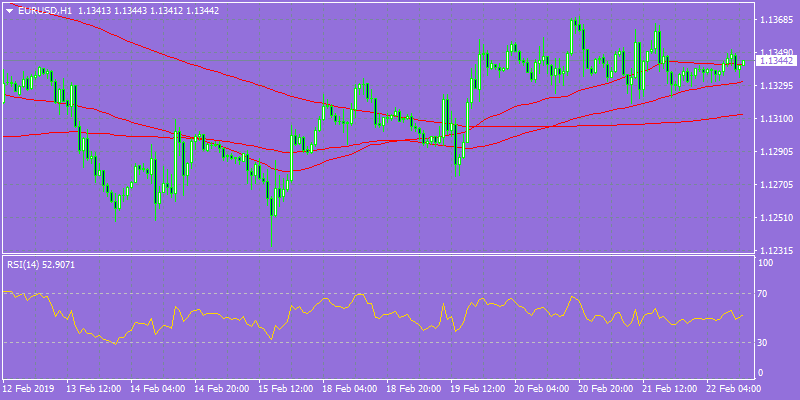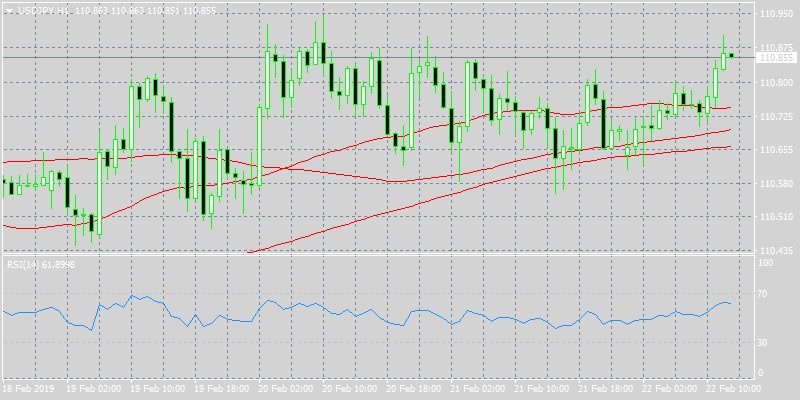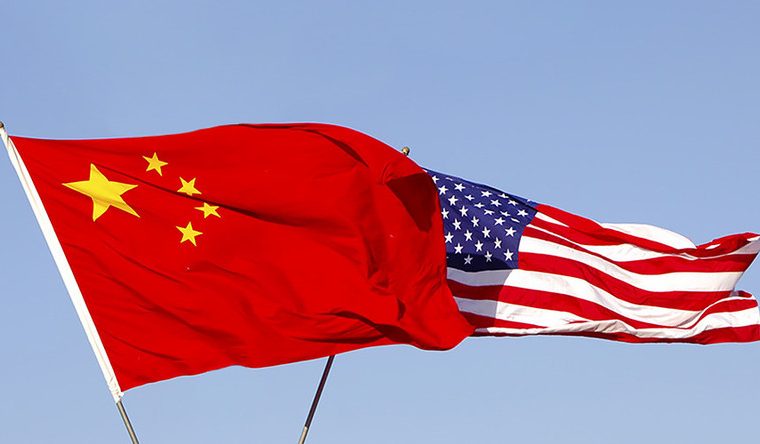Chinese and US officials were said to be sketching six broader commitments of a trade deal that would put an end to their trade war as negotiators finally made some significant progress on the tough issues of the seven-month trade war between the two biggest economies.
In the Asian trading session, the Nikkei 225 index in Japan lost 0.18 percent to 21,425 while the Topix fell 0.25 percent to close at 1,609. The Hang Seng Index in Hong Kong finished 0.6 percent higher at 28,816, and the Shanghai composite rose 1.91 percent to close at 2,804. Aussie stocks had a positive finish for the week with the ASX 200 closing higher for the fourth day this week and the fifth session in the last six. The top 200 Index managed to end today 28 points or 0.46% higher at 6167.
Oil prices record gains in the Asian session, with the Brent crude futures contract adding 0.1 percent to $67.14/barrel. US crude futures contract also rose 0.23 percent to $57.09/barrel. US dollar index, which tracks the greenback against a basket of its peers, trading flat at 96.59
On the Lookout: In US macro news yesterday, the Department of Labor initial unemployment claims decreased by 23,000 over the week ending on 16 February to reach 216,000. Analysts had forecast a drop to just 235,000. Orders for goods made to last more than three years rose more quickly than expected at the end of 2018, even as a key lead indicator of investment trends weakened. According to the Department of Commerce, durable goods orders grew at a 1.2% month-on-month clip in December to reach $254.5bn. Although that was less than the 1.5 percent increase that analysts expected, it was made up for by an upward revision to the prior month’s figure of three-tenths of a percentage point to 1.0%. A key gauge of US factory sector activity surprised sharply to the downside in February, although some economists believed the sudden bout of weakness would be short-lived, attributing it to the partial federal government shutdown at the turn of the year and concerns, since allayed, of a repeat.
The Federal Reserve Bank of Philadelphia’s manufacturing sector index printed at -4.1, versus a consensus forecast for a reading of 14.5.
Citibank analysts have revised their oil price forecasts as they expect OPEC to end cuts in 2H’19, with Brent averaging $64 in 1Q’19, & 4Q’19 averaging $67 under IMO 2020 pressures.
In Germany, the Ifo Institute came out with a report on business climate indicator. The German Ifo index dropped for a sixth consecutive month and came in at 98.5 in February, from 99.3 in January: “Worries in the German business world continue to grow. The Ifo Business Climate Index fell from 99.3 points in January to 98.5 points in February. This is the lowest level since December 2014. Companies again assessed their current business situation somewhat less favorably. Pessimism regarding the six–month outlook has also increased. These survey results, as well as other indicators, point to the economic growth of 0.2 percent in the first quarter. The economic situation in Germany remains weak.”
The Riksbank Governor Stefan Ingves commented and reiterated the view that “Swedish Krona should strengthen, though could fluctuate in all sorts of ways in the short-term. Tolerance for inflation deviations is greater today that was 3-4 years ago, and the recent dip in inflation expectations was very minor, it’s not a big issue. We will live with inflation fluctuating around 2%.”
Fedspeak will be in the centre stage later today, as several FOMC governors will take part in a panel to discuss the balance sheet in New York.
Trading Perspective: The forex markets sidelined at the end of the week amid lack of direction in the global markets, as investors keep looking to headlines from the US-China trade talks, which are due to conclude later today. AUDUSD has stabilized after yesterday’s selloff as it trades at 70.95. The RBA governor Phillip Lowe provided testimony to the Aussie Parliament and has reiterated the reserve bank’s neutral bias stating the job market a key factor for interest rate moves. The kiwi is adding some pips to trade at 0.6796 against USD after a sharp drop down to 0.6756.
EURUSD got no inspiration from the ECB minutes on Thursday, where the Council acknowledged the ongoing slowdown in Eurozone could last longer than expected adding that more time and data are needed to gauge whether it is temporary or it has more structural components. The pair faces strong resistance at the 50-day moving average around 1.1385, while in the hourly chart, the 100 SMA provides short-term support.
In EUR futures markets, the open interest dropped for the third consecutive session on Thursday, this time by almost 2.5K contracts vs. Wednesday’s final 530,938 contracts. On the other hand, volume increased by nearly 31K contracts reverting the previous build.

USDJPY has been trapped between the 50 and 200-day moving average around 110.80, and immediate resistance stands at 111.00 round figure mark. On the downside, the 110.69 (100 hour MA) might continue to protect the pair, which if broken might turn the pair vulnerable to accelerate the fall further towards challenging the key 110.00 psychological mark.
In JPY futures markets, open interest rose by more than 1.3K contracts on Thursday, reverting three consecutive pullbacks. In the same direction, volume ticked higher by around 10.5K contract.













